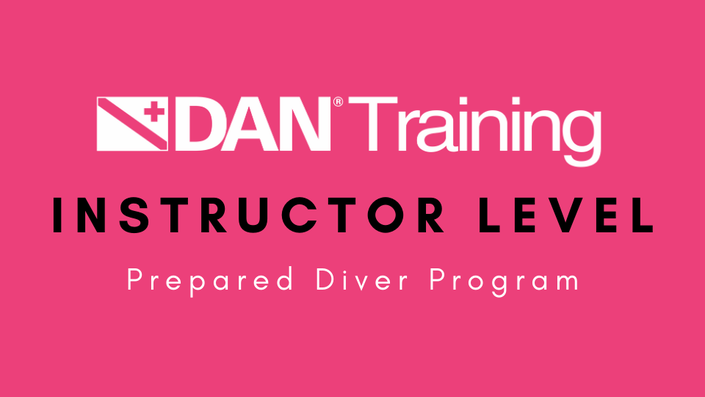
Prepared Diver for Instructors
For Proper Diving Behaviours & Safe Diving Procedures
Available exclusively through DAN Instructors, Prepared Diver is an informative and engaging video-based program for your entry-level students and new divers that details proper diving behaviors and safe diving procedures.
Your Instructor
The first step in being prepared to handle a diving emergency is education. DAN courses teach you the first aid steps to care for an injured diver and interact with medical professionals.
Frequently Asked Questions
What does the Prepared Diver course entail?
The Prepared Diver course is a DAN initiative designed to strengthen the individual knowledge and skills necessary to promote community education and help train providers. The focus of the course covers some of most common safety issues in recreational diving with the intent of making divers aware of why and how these issues occur and what safe diving practices can help prevent them. We want divers to become practitioners and ambassadors of safe diving practices with both instructors and divers contributing to a culture of dive safety.
Who can enrol in the Prepared Diver course?
Available to DAN Professional Members, Prepared Diver is an informative and engaging video-based program for entry-level students and new divers that details proper diving behaviors and safe diving procedures.
What topics are cover in the Prepared Diver course?
(1) Knowing Your Limits (2) Gas Management (3) Avoiding Ear Injuries (4) Proper Buoyancy Control (5) Ascent Rates (6) Taking Personal Responsibility (7) Cultivating a Culture of Safety
